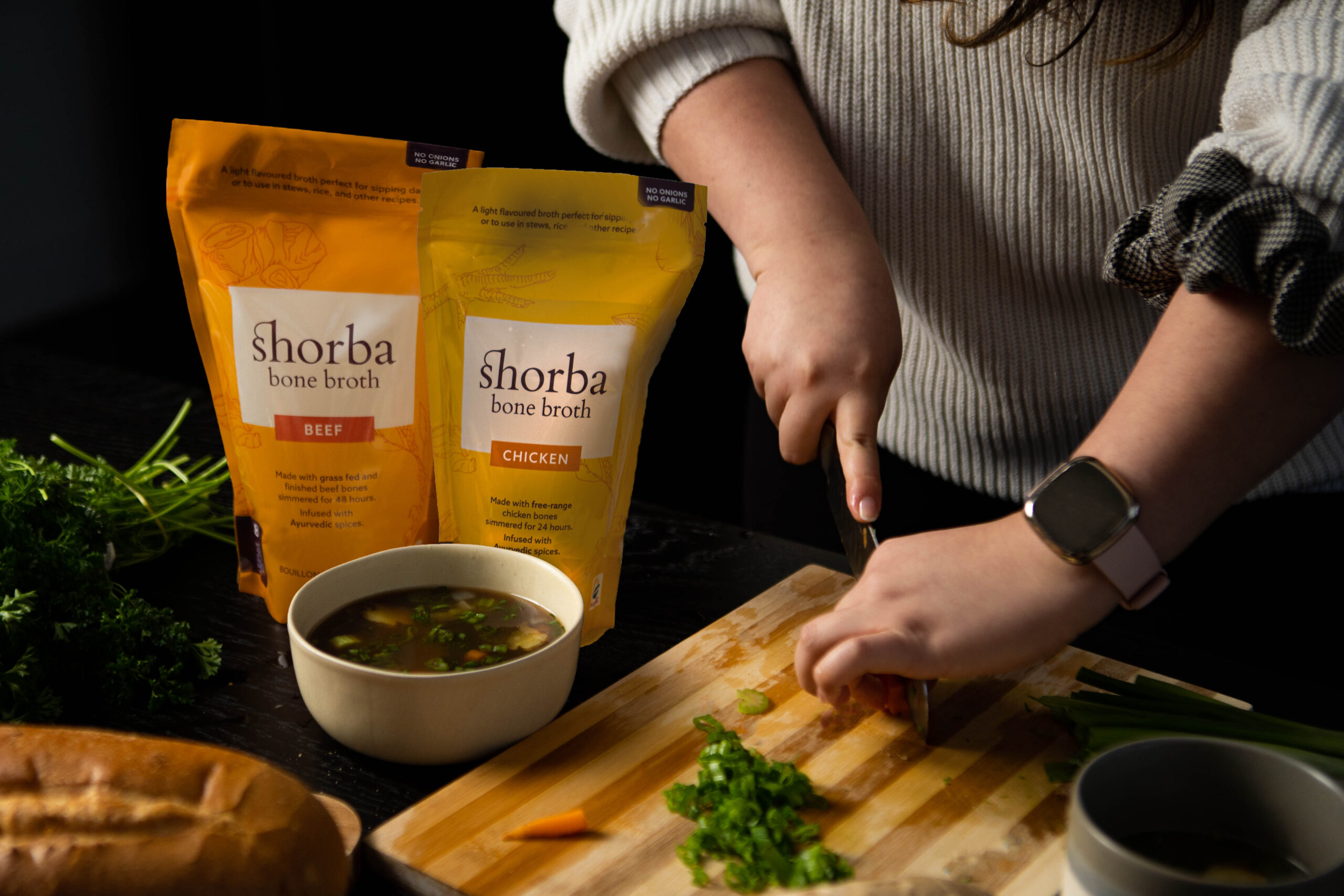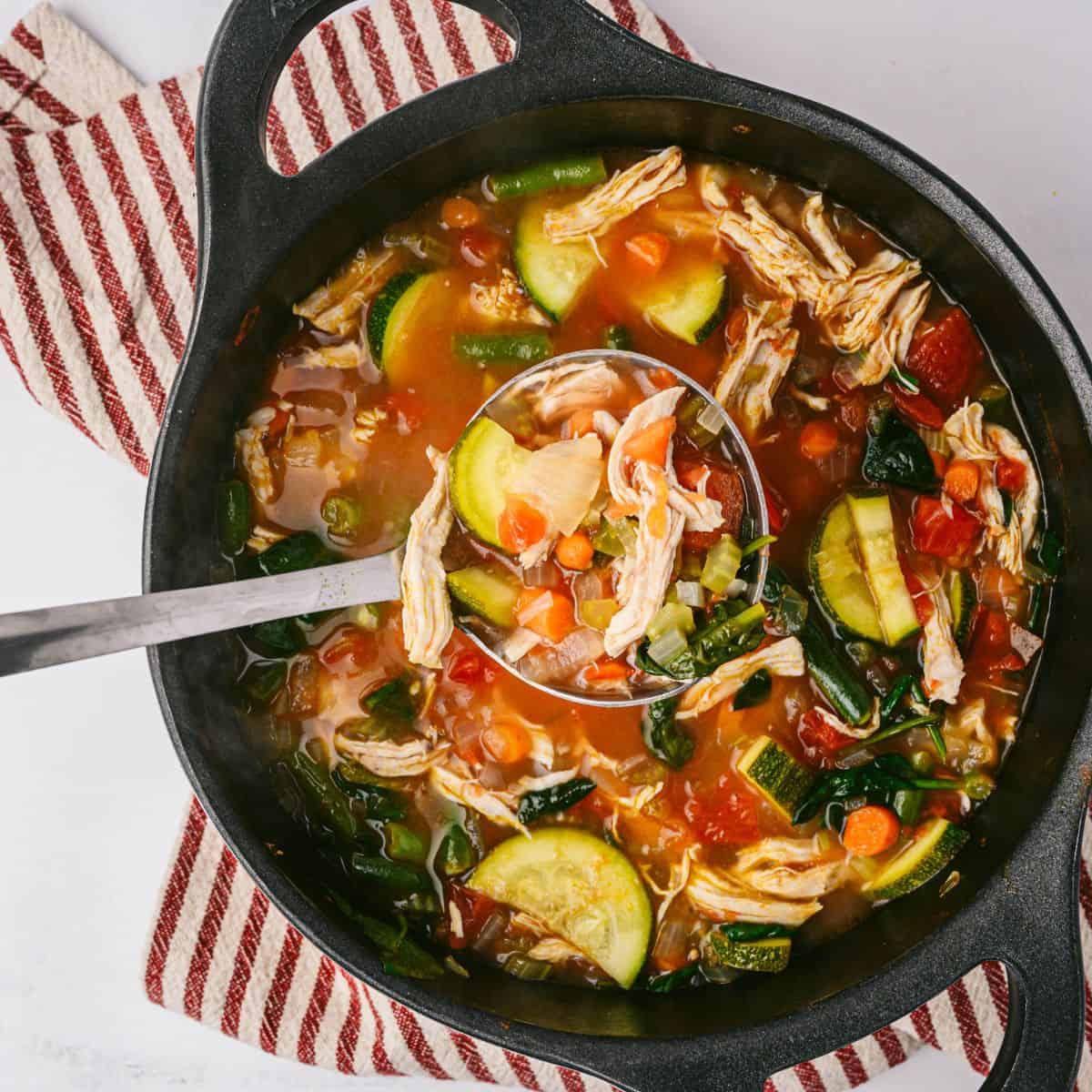Beef Broth for Health: What Makes It a Nutritional Powerhouse?
Beef Broth for Health: What Makes It a Nutritional Powerhouse?
Blog Article
The Ultimate Guide to Making and Delighting In Organic Bone Broths in your home
Bone brew has obtained attention for its countless wellness advantages and cooking convenience. Crafting natural bone brew in the house allows people to control the quality of components, ensuring a healthy outcome. Comprehending the choice of bones, vital flavoring elements, and correct food preparation techniques is important. As the process unravels, one may ask yourself how to raise their broth beyond the essentials and incorporate it into everyday dishes for improved flavor and nutrition.
Recognizing the Health And Wellness Advantages of Bone Brew
Bone broth has actually been a staple in numerous cuisines for centuries, its health and wellness advantages have gained substantial attention in recent years. Rich in collagen, amino acids, and minerals, bone brew is often proclaimed for its prospective to support joint health and wellness, improve intestine feature, and improve skin elasticity. The jelly obtained from cooked bones might aid digestion and assistance secure the digestive tract lining, possibly reducing concerns like leaking gut syndrome.Furthermore, the visibility of nutrients such as glucosamine and chondroitin may add to decreased swelling and discomfort alleviation in joints. Additionally, bone broth is moistening and can serve as a nutritious base for stews and soups. Lots of advocates additionally claim that it boosts the body immune system, many thanks to its mineral account. Generally, the renewal of interest in bone brew is connected to its regarded capacity to advertise total wellness and assistance different physical features.
Selecting the Right Bones for Maximum Taste and Nourishment
What variables should one think about when picking bones for broth prep work? The sort of bones used substantially impacts both taste and dietary value. Initially, it is vital to choose bones that include a mix of marrow bones, joint bones, and meaty bones. Marrow bones provide healthy fats and rich tastes, while joint bones contribute collagen, enhancing the brew's dietary profile.Additionally, sourcing bones from grass-fed or pasture-raised pets assurances better and more nutrients, as these pets are commonly much healthier. The freshness of the bones is also vital; choosing bones from neighborhood butchers or farmers' markets can ensure ideal taste. Bone size matters too; larger bones release more jelly, causing a richer brew. Considering the kind of pet-- chicken, fish, or beef-- can influence the final preference, enabling for versatile brew options tailored to specific preferences.
Necessary Ingredients for a Savory Bone Brew

Quality Bone Option
The structure of a tasty bone brew hinges on the mindful choice of top notch bones. Sourcing natural, grass-fed or pasture-raised bones is vital, as these options are most likely to be devoid of harmful additives and supply remarkable nutrients. Selections such as beef, poultry, or lamb bones each give distinct tastes and health advantages. Bone types, consisting of marrow bones, knuckle bones, and oxtails, contribute gelatin and collagen, enhancing the brew's structure. Selecting bones with a mix of meat and connective cells can additionally include splendor and depth. Additionally, choosing bones with visible marrow assures a nutrient-dense brew, raising the overall top quality. Eventually, spending time in quality bone selection lays the groundwork for a beneficial and tasty brew.
Aromatic Flavor Enhancers
Picking top quality bones sets the phase for a healthy and rich bone brew, yet it is the addition of fragrant flavor boosters that truly boosts the meal. Active ingredients such as onions, garlic, and carrots not only pass on sweet taste yet likewise contribute depth to the broth. Fresh natural herbs like parsley, thyme, and bay leaves add a fragrant note, while flavors such as black peppercorns and cloves present warmth and complexity. Additionally, incorporating a splash of apple cider vinegar can help extract minerals from the bones, enriching the broth. These flavor boosters develop a harmonious mix, transforming a simple broth into a full-flavored structure for stews, soups, or sauces, making it a versatile part in any culinary collection.
Step-by-Step Overview to Making Bone Broth in the house
Producing bone brew at home can be a satisfying culinary endeavor that enhances both taste and nutrition in different meals. To start, one must choose premium bones, ideally from grass-fed or natural resources. Roasting the bones at 400 ° F for about 30 minutes can escalate the taste. Next off, transfer the roasted bones to a huge pot or slow stove and cover them with cold water. Including a dash of vinegar aids extract minerals from the bones.Include fragrant veggies like onions, carrots, and celery for added deepness, in addition to natural herbs and spices as wanted. Bring the mixture to a boil, after that reduce to a simmer. It is necessary to let the brew simmer for a minimum of 12 hours, however longer is preferable for maximum richness. Lastly, strain the brew via a fine-mesh screen and shop it in closed containers, all set to raise dishes with its nourishing essence.

Tips for Refining Your Bone Broth Simmer
While simmering bone brew, keeping the appropriate temperature and timing is crucial for achieving a rich and delicious outcome. A gentle simmer, ideally in between 190 ° F and 210 ° F, helps remove optimum nutrients and flavors without steaming, which can make the broth cloudy. It is recommended to monitor the pot carefully, adjusting the warm as required to maintain this simmer.Timing is additionally essential; a longer simmer, normally ranging from 12 to two days, enables for much deeper taste extraction and collagen release. For hen bones, a 12 to 24-hour simmer is enough, while beef bones take advantage of longer cooking times.Additionally, skimming off any kind of foam or pollutants that increase to the surface throughout the first few hours can boost the broth's clearness and preference. Lastly, ensuring the pot is covered throughout simmering assists to keep dampness and heighten the tastes, producing an extra enjoyable output.
Imaginative Ways to Use Bone Brew in Your Food preparation
Including bone brew into numerous dishes raises both taste and dietary value. Cooks and home chefs alike locate that making use of bone broth as a base for soups and stews enhances depth and splendor, changing simple dishes into hearty dishes. It can additionally be utilized in risottos, where the broth replaces water, permitting the grains to absorb its savory essence.Additionally, bone brew acts as an outstanding food preparation liquid for grains like quinoa or rice, infusing them with nutrients and taste. For an included browse around these guys spin, it can be used in braising meats, causing tender, flavorful outcomes. Even sauces take advantage of a dash of bone brew, improving their taste profile.Moreover, bone brew can be integrated right into smoothies for an unexpected health boost, providing protein and nutrients without endangering taste. These creative applications showcase the flexibility of bone broth in everyday food preparation, making it a very useful cooking area staple.
Keeping and Protecting Your Self-made Bone Broth
Appropriate visit this website storage space and preservation of homemade bone broth is vital for keeping its taste and nutritional advantages. Freezing techniques and refrigeration ideal methods play an essential role in expanding the brew's life span. Recognizing these methods can assist guarantee that the brew stays risk-free and tasty for future use.

Icing Up Techniques Clarified
Cold techniques are vital for successfully saving and preserving homemade bone broth, guaranteeing its rich flavors and nutrients continue to be intact for future usage. To freeze bone broth, it is a good idea to let it great completely before moving it to storage containers. Glass containers, silicone mold and mildews, or sturdy freezer bags appropriate options. When using containers, leave area at the top for growth during freezing. Portioning the broth into smaller quantities enables very easy thawing and reduces waste. Label containers with the day and contents for very easy identification. For peak quality, take in the frozen broth within three to six months - Bone Broth Delivery. Defrosting can be performed in the fridge or by utilizing a microwave, ensuring that the brew is warmed completely before usage
Refrigeration Best Practices
While numerous focus on freezing as a method of preservation, refrigeration likewise plays an important function in saving homemade bone brew successfully. When cooled, bone broth should be transferred to impermeable containers, guaranteeing very little air direct exposure to avoid wasting. It is advisable to cool broth within two hours of food preparation to preserve its quality. Typically, homemade bone brew can be kept in the fridge for as much as five days. Labeling containers with dates can help track quality. For peak flavor and safety, broth needs to be reheated to a rolling boil prior to consumption. If longer storage space is required, freezing remains a superb alternative, but appropriate refrigeration techniques guarantee that bone broth remains healthy and delicious for temporary use.
Often Asked Questions
Can I Use Frozen Bones for Making Bone Broth?
The concern of using frozen bones for bone brew arises regularly (Beef Broth). Professionals agree that frozen bones can be used successfully, yet they more tips here need to be defrosted prior to cooking to assure optimal taste and nutrient removal
Just How Long Can I Store Homemade Bone Brew?

Is It Safe to Reheat Bone Brew Numerous Times?
Reheating bone broth several times can pose safety and security concerns - Bone Broth Delivery. Each reheating cycle raises the threat of microbial growth. It is suggested to reheat only when and keep any type of leftovers promptly to ensure safety and security and quality
Can I Add Vegetables to the Brew for Flavor?
Including vegetables to brew enhances taste and dietary worth. Usual selections include carrots, onions, and celery. The vegetables instill their significance into the brew, creating a richer and a lot more savory end product.
What's the Best Way to Thaw Icy Bone Broth?
To thaw frozen bone brew, one can place it in the fridge over night, use a microwave on reduced heat, or immerse the sealed container in warm water, guaranteeing even defrosting without compromising flavor or nutrients. It is crucial to choose bones that consist of a mix of marrow bones, joint bones, and meaty bones. Marrow bones offer rich tastes and healthy fats, while joint bones add collagen, enhancing the brew's dietary profile.Additionally, sourcing bones from grass-fed or pasture-raised animals assurances greater top quality and even more nutrients, as these pets are normally much healthier. Bone kinds, including marrow bones, knuckle bones, and oxtails, add jelly and collagen, boosting the broth's texture. Selecting high-quality bones sets the phase for a healthy and rich bone brew, but it is the addition of aromatic taste enhancers that really raises the meal. Also sauces profit from a dash of bone brew, improving their taste profile.Moreover, bone broth can be included into shakes for an unforeseen health and wellness increase, giving healthy protein and nutrients without endangering taste.
Report this page